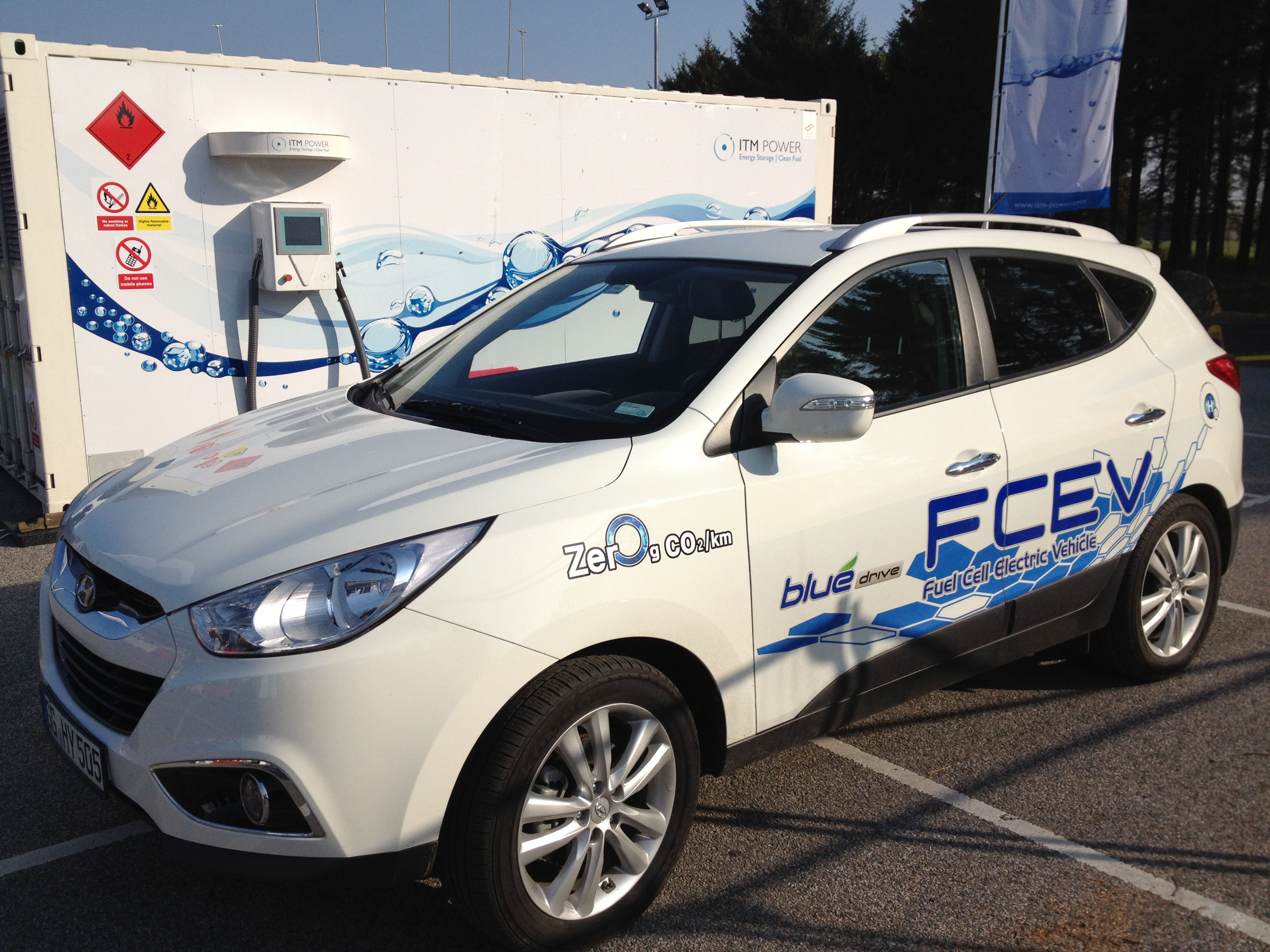There is a growing sense of urgency in the automotive industry that more should be done to reduce dependency on fossil fuels and CO2 emissions. OEMs are continually channelling more resources into developing the next generation of low carbon vehicles, aimed at addressing the issues of CO2 emissions, the soaring cost of fossil fuels and fuel source security.
Currently there are four main approaches to powering vehicles that are leading the change; electric, biofuels (e.g. ethanol), alternative fuels (e.g. hydrogen) and fossil fuels (e.g. diesel), or some combination of these. All of these fuel types are capable of changing our approach to the technological aspects of vehicle powertrain, and there are both positive and negative aspects. The question is… which solution do we think will prevail?
Electrically powered vehicles produce less emissions and environmental pollutants at the point of use, however issues start to arise when we take into account how we go about generating the significant amounts of electricity required to power such vehicles. Part of the solution of course is to make full electric cars smaller and use them within the urban environment, which constitute the majority of journeys. For longer journeys the current approach to address range anxiety issues is hybridisation. Nevertheless, unless sustainable and renewable energy sources are utilised, many feel electric vehicles may struggle to make a real impact on the well-to-wheel CO2 emissions.

Biofuels are another viable fuel source that is becoming more widespread around the world. One example of this is the generation of fuel from crops in an environmentally friendly manner. Biofuel creation is becoming increasingly important for addressing sustainability issues within the automotive industry; however there is also a belief shared by some visionaries that it may be pragmatic to burn biofuels in an efficient way using a gasification unit to power an internal combustion engine.
Utilising hydrogen as a fuel source for vehicles is a solution that has received a lot of investment and media coverage in recent years. As both an additive for co-combustion and an energy source for generating electricity in conjunction with hydrogen fuel cells, which only results in the emission of water and no CO2; at the tailpipe. Big strides have been made with hydrogen fuels cells for automotive applications but more needs to be done regarding the fuel cells and technologies for storing and distributing the hydrogen in ways that can be scaled up across our transport system. MIRA is currently researching the storage of hydrogen through the use of ammonia borane, a compound that enables the generation of hydrogen from a solid precursor that can be easily stored and distributed.
Despite the obvious issues of CO2 emissions and the negative effects this can bring, fossil fuels are of course the most common source of energy used in powering our vehicles. Unfortunately there is only a finite amount of this precious resource available and fuel source security is also a real concern, given the potentially volatile political landscapes of some of the world’s larger oil exporters. Estimates from some organisations suggest that the world’s oil reserves will run dry in the next fifty years, with natural gas supplies only surpassing this by a further twenty years. By hybridising larger vehicles, reducing the size of internal combustion engines and augmenting the power requirement of the vehicles by providing short bursts of electrical energy, engineers are helping to extend the lifespan of fossil fuels. Engineers are also looking at ways of super-boosting the engines of smaller vehicles over short periods of time in order to achieve greater overall efficiency.
With the different fuel technologies presenting clear benefits to their use, it’s becoming clear that not one solution will win in the medium term. This is why engineering and technology organisations such as MIRA are looking into maximising the benefits of a range of solutions.
There is a pressing need for experts in the industry to find new solutions that will enable us to continue our mobility, and now is the time for automotive technology providers to innovate with all the different energy solutions and get the new technologies into production quickly. The consequence of this pressure has meant that a large amount of investment is required in order to enable technology providers to bridge the so called ‘Valley of Death’ – the large gulf that exists between the R&D stage and productionisation. Fortunately companies and Government are working together more than ever in order to address this challenge. For example The Proving Factory - a £21.8m automotive manufacturing initiative recently announced by business secretary Vince Cable - is just one major initiative helping to address this issue.
In the end the technology developers who are able to produce the most cost effective and appealing solutions that meet the needs of the consumer, will prove to be the real winners!





Glasgow trial explores AR cues for autonomous road safety
They've ploughed into a few vulnerable road users in the past. Making that less likely will make it spectacularly easy to stop the traffic for...